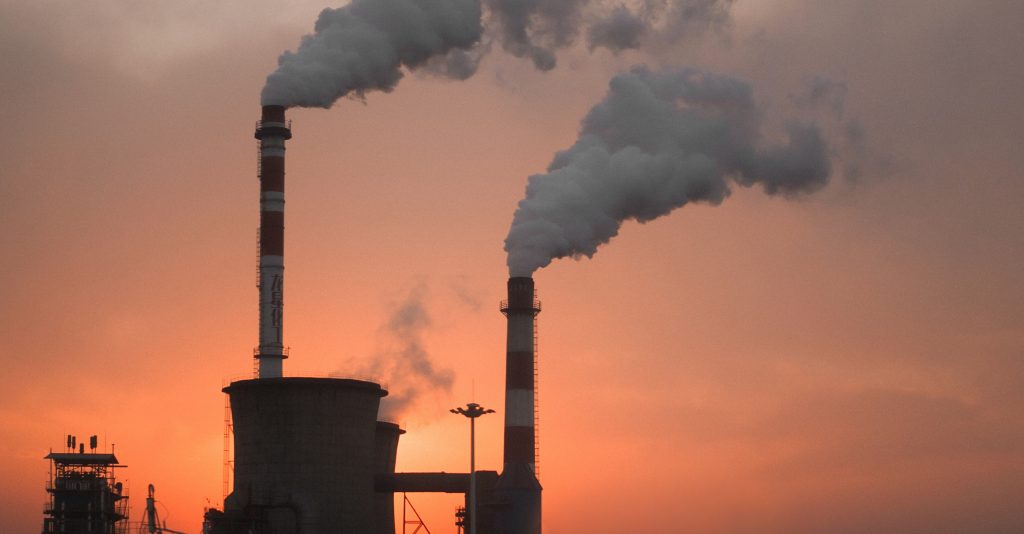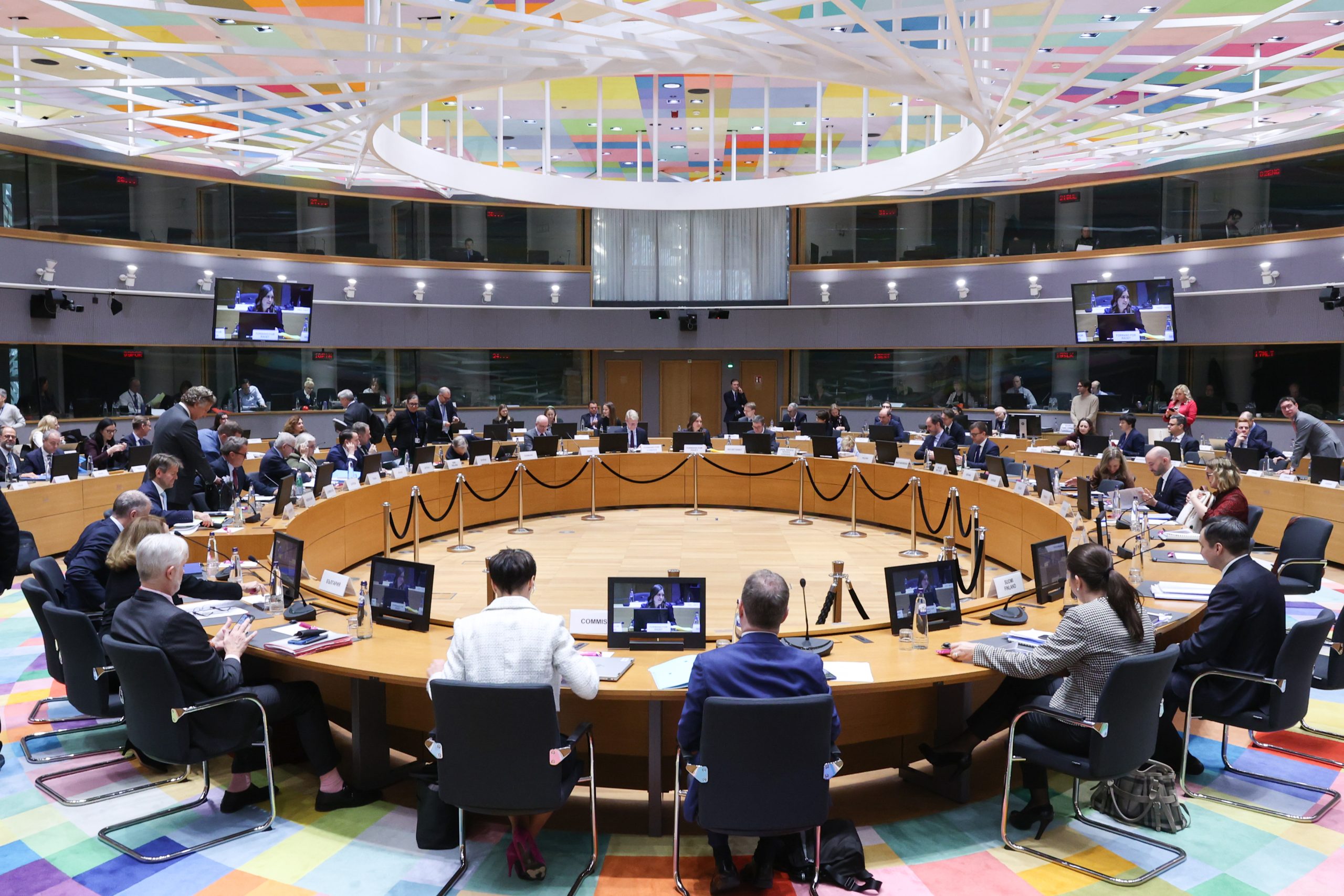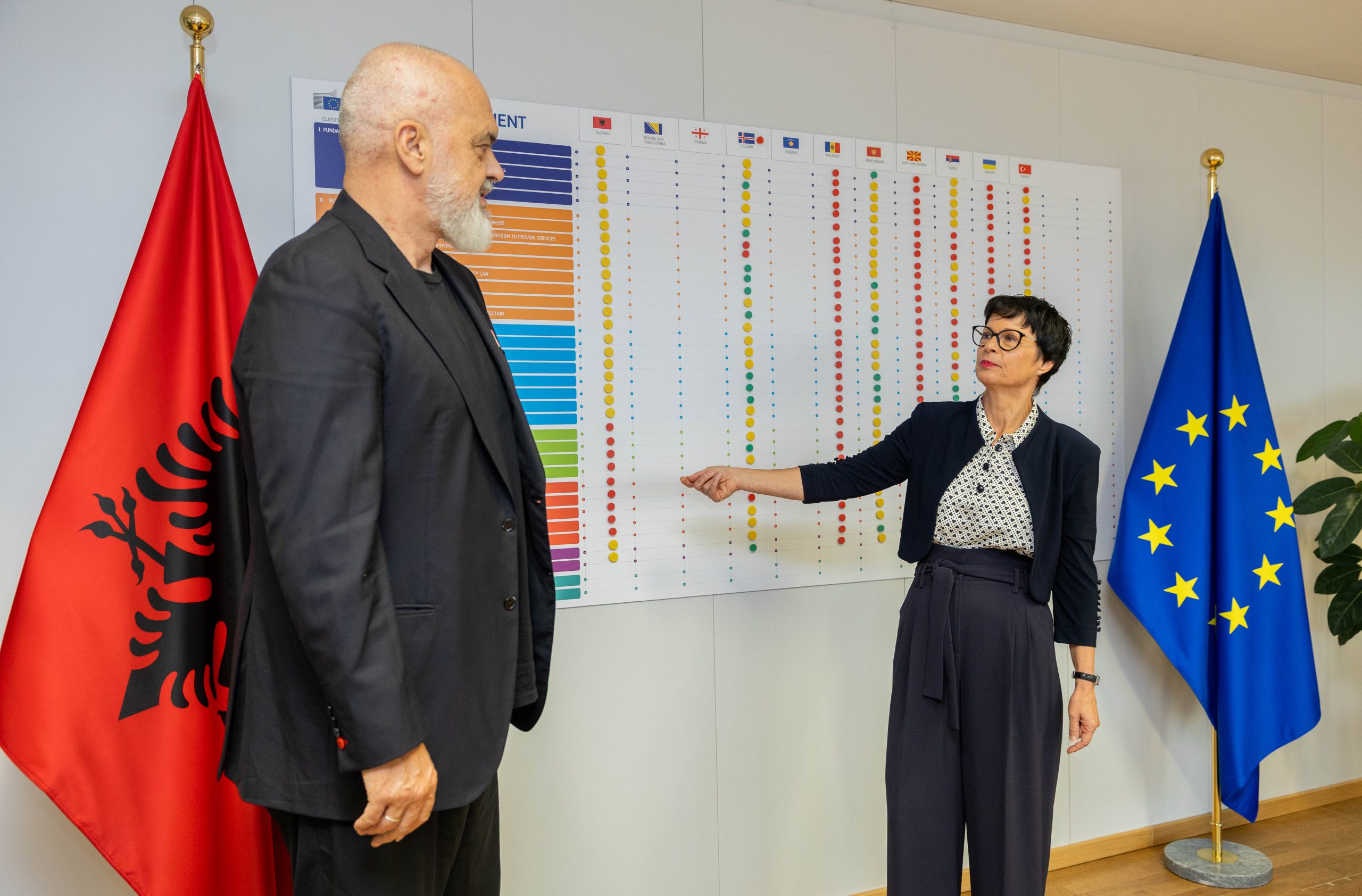A series of decisions taken during the month of July, 2020 created a new framework for economic development of Serbia. Here we provide an insight into key events and decisions in the area of energy policy with a brief overview of the importance of new circumstances for the Serbia economic development, both at this time and in the period immediately after the COVID-19 epidemic.
At July 21 the European Union adopted the budget framework until 2027 of 1 074.3 billion euros and a special Recovery Fund or “The new generation of the EU” (NGEU) of 750 billion euros.
The Recovery Fund is expected to be financed by issuing long-term EU bonds maturing in 2058. Also, fiscal mechanisms are envisaged for the payment of these bonds, which include: plastic waste tax, border tax for equalization of carbon intensity (from 2022), taxes on digital services and a new system for carbon emissions trading (New EU ETS) as well as some other unspecified mechanisms.
Bearing in mind that trade with the European Union accounts for over 60% of Serbia’s foreign trade and that the carbon intensity of Serbia’s national product is several times higher than the EU average, the introduction of a border tax to equalize carbon intensity could have dramatic effects on Serbia’s economy and the future investments.
The Russian Federation has issued a statement opposing the introduction of these fiscal mechanisms, but also a recommendation to their companies to prepare for the new trade regime. We already know that some custom forms could be applied to reduce the EMIs and the carbon dioxide emissions. This issue has been discussed both in the World Trade Organization and in the framework of the negotiations within the UN Convention on Climate Change (UNFCCC) and in particular the implementation of the 2015 UNFCCC Paris Agreement.
In parallel with described developments, the World Trade Organization gave the right to the Russian Federation to demand changes to the import restrictions imposed by the EU for fertilizers and some other energy-intensive products from the Russian Federation. Bearing in mind the significant improvement in economies of scale, quality and energy efficiency of the industry in the Russian Federation, in the context of the customs regime which includes duties related with the carbon intensity, could lead to significant increase in trade of energy-intensive products between the Russian Federation and the European Union. This, possibly, implies a significant increase in river and sea transport along Danube river. If Serbia renewed its shipbuilding capabilities and managed to open its existing ports for this purpose, benefit to the economic development of Serbia would be imense.
Energy Community Secretariat published its first report on fulfillment of key material obligations from the 2005 Energy Community Treaty. The situation presented by this report is roughly what was foreseen in a detailed analysis of the European Movement from 2013, which was later re-published in the study of the Energy Community itself.
After a series of power plants that are already closed in Romania, Bulgaria and Croatia due to excessive emissions of life-threatening substances and in accordance with the Energy Community Treaty; facilities in Serbia, Kosovo, Montenegro, Bosnia and Herzegovina and North Macedonia are now expected to close. One-eighth or about thousand megawatts of lignite power plants should be decomissioned by 2023. In these countries there are assumptions that some of the existing power plants could still be equipped for further operation. The same expectations with the same arguments have been seen in previous years in Romania, Bulgaria and Croatia.
Having in mind that the removal of sulfur oxides and nitrogen from the power plant’s exhaust gases significantly increases the costs of electricity production and emission of carbon dioxide for the same amount of useful energy, it can be simply concluded that the macroeconomic and foreign policy risk is excessive for the Serbian economy. Recently, a large commercial investor left the project of a new power plant in Kosovo which was designed with somewhat more advanced technology than existing facilities in the region.
The change in the trade regime with the European Union, the problems of security of energy supply and the impact of new trade relations on the main transit route along Danube river create a new framework for evolution of political relations in the region. Economic relations within Serbia, trade with Bosnia, Montenegro, Kosovo, North Macedonia, Croatia and Albania are gaining a whole new dimension.
Energy intensity is critical for Serbian economy. The high level of productivity, use of the available mineral resources (lithium, copper, aluminum, cement, etc.) and efficient transport,in particular railway transport with reloading at the ports can only be achieved with a considerable power consumption. For example, will the recent decision of a large commercial investor to continue investing into future lithium extraction in Serbia going to have minimal or a very large economic effects for Serbia, essentially depends on the ability of Serbia’s energy system to provide a large amount of cheap renewable electrical energy.
The Energy Community Treaty was ratified in Serbia on July 27, 2006: 14 years ago. Then the problem was difficult to see but relatively easy to solve. It is now far more obvious but need far more intensive effort to apply appropriate solutions. The choice facing the new Government of Serbia is critical and almost unequivocal.
The first option is to maintain the existing development paradigm in energy and transport with increasing impacts on the environment and human health, increased carbon dioxide emissions and modest productivity. It implies missing the opportunity to significantly increase the level of processing of mineral raw materials, develop industries and multiply transit traffic. It would also worsen the trade relations with the European Union and further depth of the long-term poverty, which would prolong European Union aid to the poor country but decline the opportunity to join the European Union.
The second option is to open a completely new perspective for the development of renewable energy on a large scale and to create a foundation for a strong export industry and a significant increase in transit traffic. Serbia’s mineral resources, equipped with renewable energy, would gain a new dimension of competitiveness. Only then, country creates opportunities for investments into new infrastructure along territory and intensive industries producing cars, steel, ships, food, furniture and so many other goods. This enables large-scale employment and improves the quality of life of the population.









